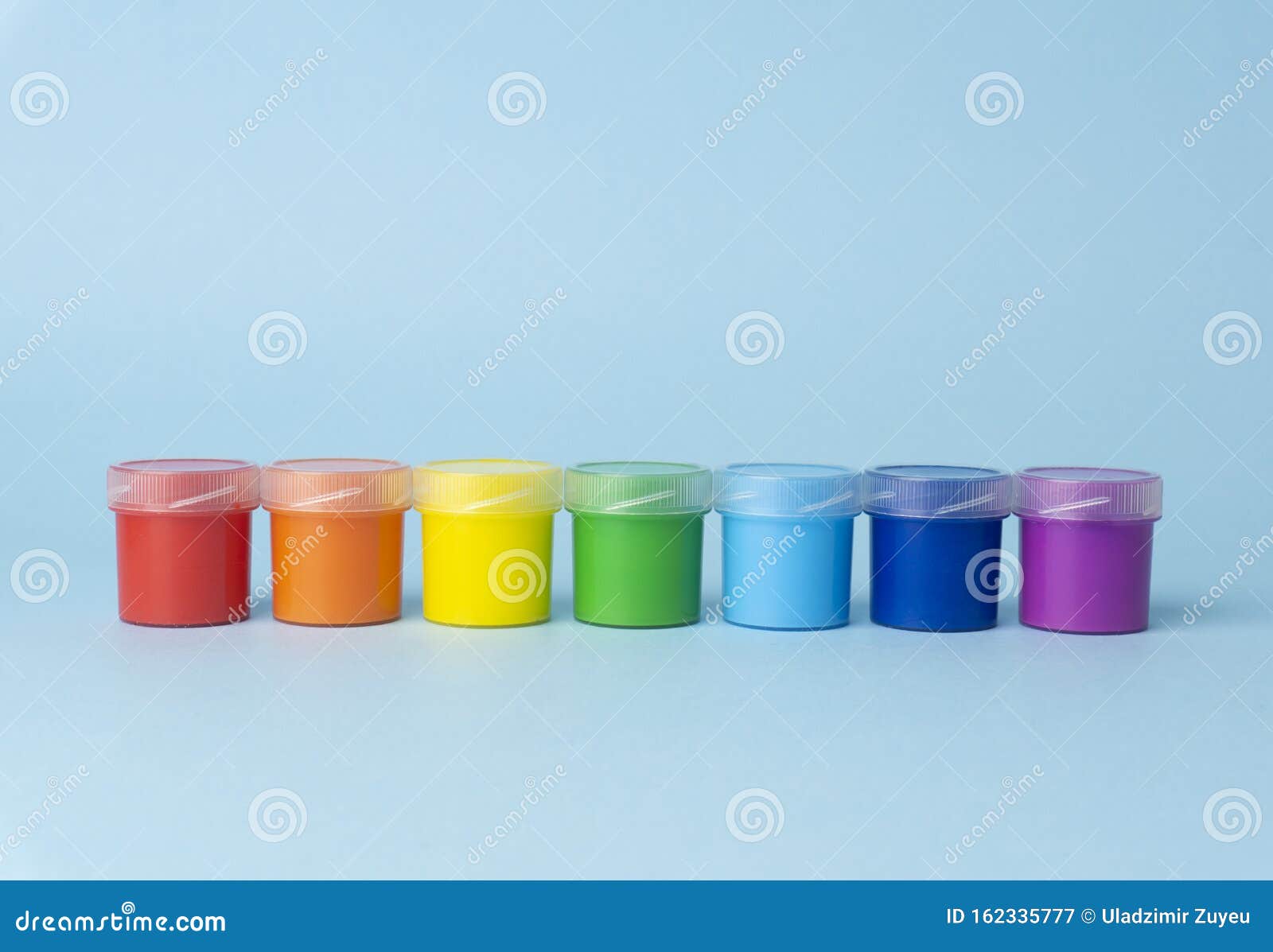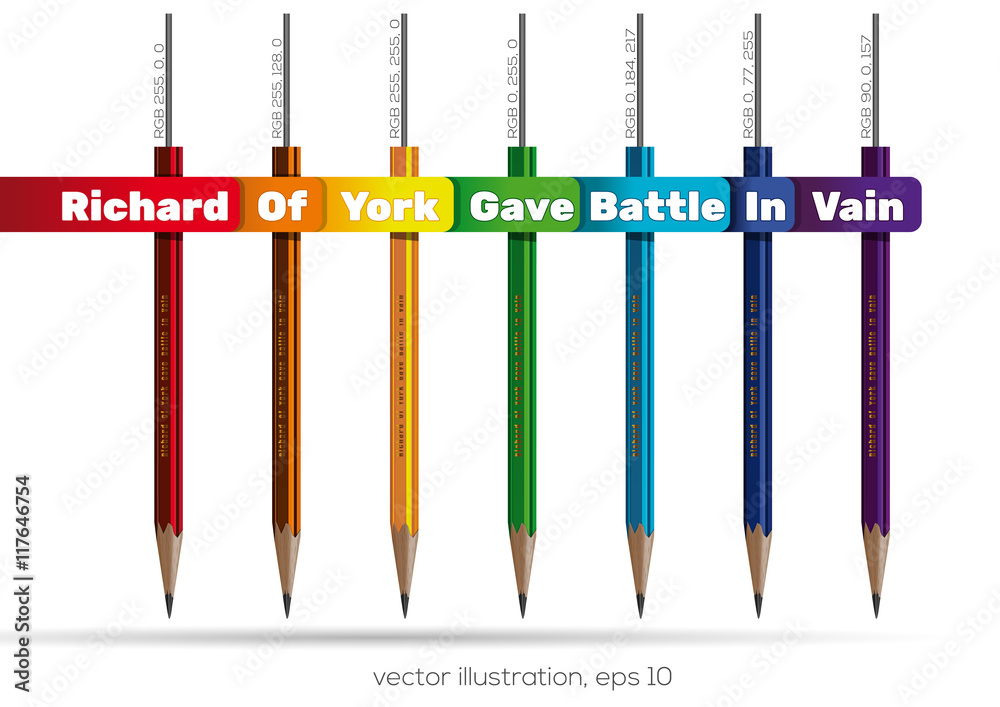What Is The Sequence Of Colors In A Rainbow? A Comprehensive Guide
Ever wondered what makes a rainbow so magical and why it has those specific colors? Well, buckle up because we're diving deep into the science behind rainbows, their colors, and everything you've ever wanted to know about them. Rainbows are not just pretty arches in the sky; they're a fascinating phenomenon that combines physics, light, and nature into one breathtaking display. So, what is the sequence of colors in a rainbow? Let's find out!
When you think about rainbows, you probably picture a vibrant arc with seven distinct colors. But have you ever stopped to wonder why those colors appear in a specific order? It's not just random—it's science! Understanding the sequence of colors in a rainbow is like unlocking a hidden code of nature's artistry. And trust me, it's way cooler than you might think.
This guide will take you through everything you need to know about rainbows, from their formation to the science behind the colors. Whether you're a curious learner, a science enthusiast, or just someone who loves staring at rainbows after a storm, this article is for you. So, let's get started!
Read also:Hd For Hub U Your Ultimate Guide To Elevating Collaboration And Productivity
Table of Contents
- Introduction to Rainbows
- How Rainbows Form
- The Sequence of Colors in a Rainbow
- The Science Behind Rainbow Colors
- Types of Rainbows
- A Brief History of Rainbows
- Rainbows in Mythology
- Fun Facts About Rainbows
- Practical Applications of Rainbow Science
- Conclusion
Introduction to Rainbows
Let's kick things off with the basics. Rainbows are one of nature's most mesmerizing displays. They usually appear after a storm when the sun breaks through the clouds, creating a vibrant arc in the sky. But what exactly is a rainbow? Simply put, it's an optical phenomenon caused by the reflection, refraction, and dispersion of light in water droplets. And that's where the sequence of colors comes into play.
The sequence of colors in a rainbow follows a specific pattern: Red, Orange, Yellow, Green, Blue, Indigo, and Violet—or ROYGBIV for short. But why this order? Well, that's where things get interesting. Each color corresponds to a specific wavelength of light, and the way light bends inside water droplets determines the sequence. Stick around, and we'll break it down for you.
How Rainbows Form
Rainbows don't just appear out of thin air (pun intended). Their formation is a result of a complex interaction between sunlight and water droplets in the atmosphere. Here's how it happens:
- Sunlight Enters Water Droplets: When sunlight hits water droplets in the air, it slows down and bends, a process known as refraction.
- Reflection Inside Droplets: Some of the light reflects off the inner surface of the droplet, bouncing back toward the observer.
- Dispersion of Colors: As light exits the droplet, it separates into different wavelengths, each corresponding to a specific color. This process is called dispersion.
And voilà! You get a rainbow. But here's the kicker: the sequence of colors is always the same because each color bends at a slightly different angle due to its unique wavelength.
Factors Affecting Rainbow Formation
Not all rainbows are created equal. Several factors can influence how a rainbow forms and how vibrant it appears:
- Angle of the Sun: The position of the sun relative to the observer plays a crucial role. Rainbows are usually seen when the sun is behind you and low in the sky.
- Size of Water Droplets: Larger droplets produce more vivid colors, while smaller droplets create softer, more diffuse rainbows.
- Weather Conditions: Rainbows are most common after rain showers, but they can also occur near waterfalls or even in misty environments.
The Sequence of Colors in a Rainbow
Now, let's talk about the star of the show: the colors. The sequence of colors in a rainbow is always the same, and it follows the acronym ROYGBIV:
Read also:Bolly4u Org 2023 Your Ultimate Guide To The World Of Bollywood Movies
- Red: The longest wavelength and the first color you see at the top of the arc.
- Orange: Sits right below red, with a slightly shorter wavelength.
- Yellow: Bright and cheerful, yellow is the third color in the sequence.
- Green: A soothing color that appears in the middle of the rainbow.
- Blue: Cooler and more calming, blue is followed by...
- Indigo: Often debated as being hard to see, indigo is a deep blue-purple color.
- Violet: The shortest wavelength and the last color at the bottom of the arc.
Why does the sequence always follow this order? It all comes down to physics. Each color corresponds to a specific wavelength of light, and shorter wavelengths bend more than longer ones. That's why violet is at the bottom and red is at the top.
Why Do Some People Say There Are Only Six Colors?
Here's a fun fact: Sir Isaac Newton, the guy who first identified the seven colors of the rainbow, added indigo because he believed the rainbow should have seven colors to match the seven notes of the musical scale. Some people argue that indigo is too faint to be considered a distinct color, but hey, who are we to argue with Newton?
The Science Behind Rainbow Colors
Let's get a little nerdy for a moment. The science behind rainbow colors is rooted in optics and the behavior of light. Here's a quick breakdown:
- White Light: Sunlight may look white to us, but it's actually made up of all the colors of the spectrum.
- Refraction: When light enters a water droplet, it slows down and bends, causing it to split into its individual components.
- Dispersion: Different wavelengths of light bend at slightly different angles, separating them into the colors we see.
And that's the magic of rainbows. It's like nature's way of reminding us that even something as simple as light can be incredibly complex and beautiful.
Types of Rainbows
Did you know there are different types of rainbows? Here are a few you might encounter:
- Primary Rainbow: The most common type, featuring the standard sequence of colors.
- Secondary Rainbow: A fainter arc that appears outside the primary rainbow, with the colors reversed.
- Circular Rainbow: Sometimes visible from an airplane, this is a full-circle rainbow rather than just an arc.
- Moonbow: A rare phenomenon where moonlight creates a rainbow at night.
Each type of rainbow is unique and offers a different perspective on the beauty of light and water.
Why Do Secondary Rainbows Have Reversed Colors?
Great question! Secondary rainbows occur when light reflects twice inside a water droplet instead of just once. This causes the colors to appear in reverse order, with violet at the top and red at the bottom.
A Brief History of Rainbows
Rainbows have fascinated humans for centuries. From ancient myths to modern science, they've played a significant role in our understanding of the world. Here are a few historical tidbits:
- Aristotle's Observations: The ancient Greek philosopher Aristotle was one of the first to study rainbows systematically.
- Newton's Contributions: Sir Isaac Newton identified the seven colors of the rainbow and explained the science behind them.
- Modern Research: Today, scientists continue to study rainbows to better understand light and atmospheric phenomena.
It's amazing to think about how far we've come in understanding this natural wonder.
Rainbows in Mythology
Almost every culture has its own myths and legends about rainbows. Here are a few examples:
- Norse Mythology: In Norse lore, the rainbow is called Bifröst, a bridge connecting Earth to Asgard, the realm of the gods.
- Native American Legends: Many Native American tribes see rainbows as symbols of hope and renewal.
- Christianity: In the Bible, the rainbow is a sign of God's covenant with Noah after the Great Flood.
These stories remind us that rainbows have always been more than just a scientific phenomenon—they're a source of inspiration and wonder.
Fun Facts About Rainbows
Here are some fun facts to impress your friends:
- Rainbows can sometimes appear in colors other than the standard ROYGBIV, depending on the conditions.
- A double rainbow occurs when a secondary rainbow forms outside the primary one.
- The term "ROYGBIV" was coined by Isaac Newton to make it easier to remember the sequence of colors.
Rainbows truly are nature's masterpiece, and there's always something new to learn about them.
Practical Applications of Rainbow Science
Beyond their beauty, rainbows have practical applications in science and technology:
- Spectroscopy: The study of how light interacts with matter, inspired by the dispersion of colors in rainbows.
- Optics: Understanding how light behaves in rainbows has led to advancements in lenses, prisms, and other optical devices.
- Environmental Science: Rainbows can help scientists study atmospheric conditions and water droplet sizes.
Who knew rainbows could be so useful?
Conclusion
And there you have it—a comprehensive guide to the sequence of colors in a rainbow. From the science behind their formation to their cultural significance, rainbows are more than just a pretty sight. They're a reminder of the beauty and complexity of the natural world.
So, next time you see a rainbow, take a moment to appreciate the physics, history, and mythology behind it. And if you learned something new today, don't forget to share this article with your friends. After all, knowledge is like a rainbow—it's more beautiful when shared!
Article Recommendations


